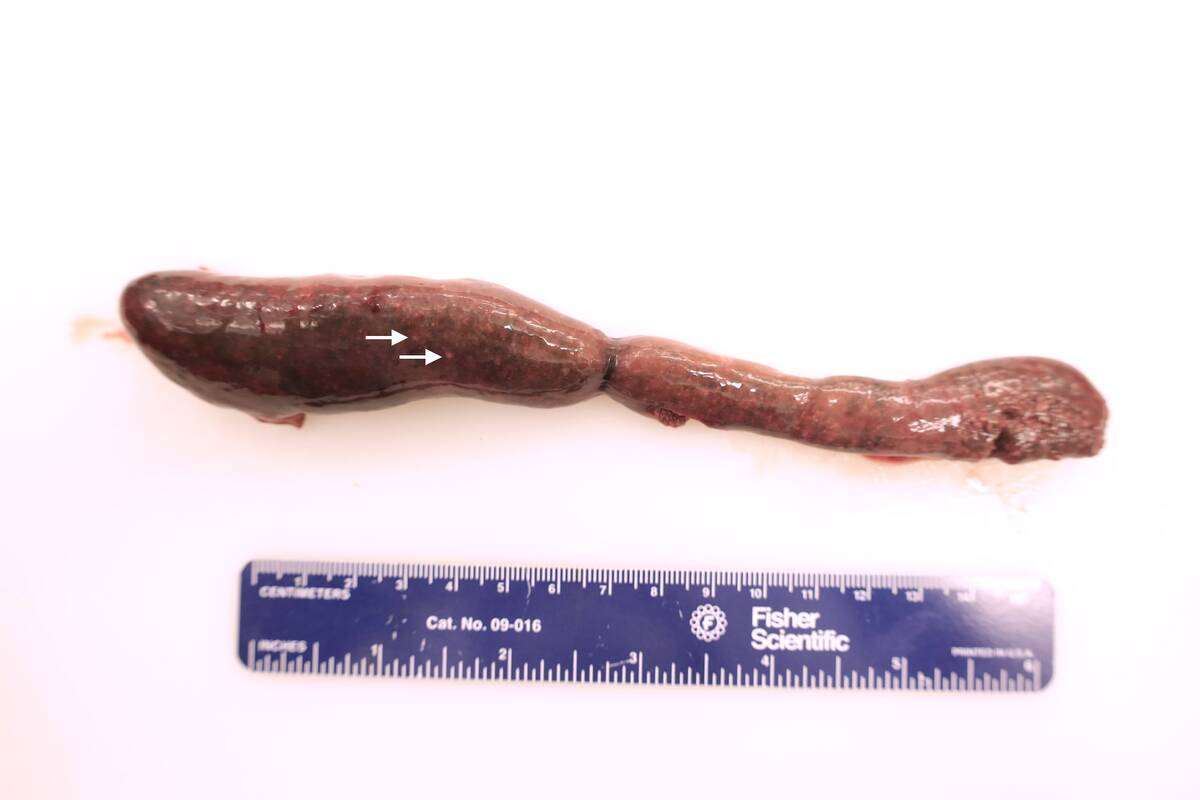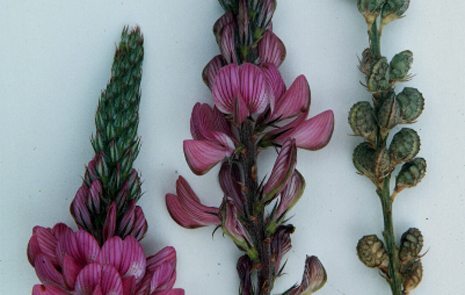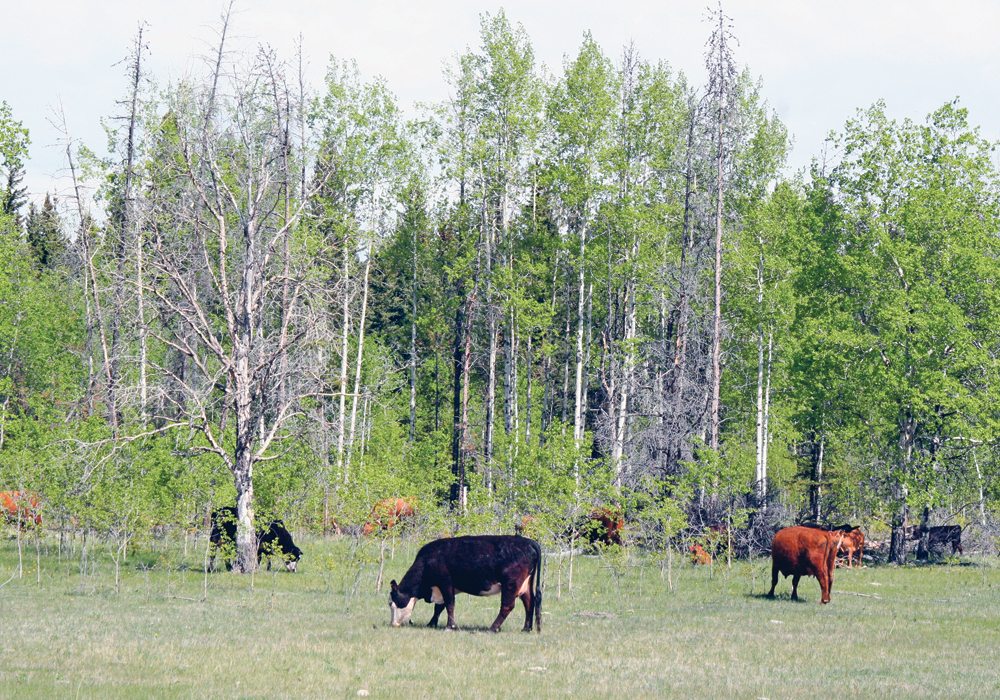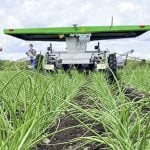Grows with alfalfa | Agriculture Canada develops new sainfoin cultivar that reduces gas buildup seen in cattle foraging alfalfa
A new forage variety may reduce the threat of bloat in cattle that graze alfalfa.
Mountainview, a sainfoin cultivar developed by Agriculture Canada forage breeder Surya Acharya, is a perennial that can be seeded with alfalfa and will prevent bloat in grazing cattle.
Acharya announced the new variety Feb. 5 at the Alberta Forage Industry Network’s annual meeting in Ponoka, Alta.
In a later interview, he said development of the sainfoin took about 15 years, the last four of which involved field testing to gauge the crop’s ability to prevent bloat and survive in mixed stands.
Read Also

Tularemia continues to pose health risk on the Prairies
The pathogen that causes tularemia can survive for months in the environment, including wetlands, and is spread through direct contact or inhalation from these sources.
“We forage breeders are very patient people,” Acharya said with a laugh about work he started in 1999 on the variety.
“I am very much pleased with it, particularly in Lethbridge. All the selections were done here so naturally it did remarkably well here.”
Bloat can be a serious problem for cattle grazing alfalfa. It is a highly nutritious feed that is quickly digested, but ingestion of large amounts can lead to fatal gas buildup. That threat can limit its use.
Sainfoin is a non-bloating forage. When seeded with alfalfa, cattle ingest a mixture and the bloat threat is reduced.
Don McLennan, past chair of the forage network, said Mountainview is one of the most exciting research results in the industry in recent years.
“It has the potential to have a very significant impact on both the forage and livestock industry in Western Canada and maybe even beyond because of the characteristics that Surya has been able to build into this new variety.”
He said alfalfa has excellent traits for putting pounds on cattle, but graziers have to be careful.
“The fear of bloat can take away all those positives in a big hurry.”
However, he said adding sainfoin to the grazing mix can reduce bloat risk while maintaining feed value.
Acharya said Mountainview is truly one of a kind. Most sainfoins do not regrow well after grazing or cutting for hay, but this one has shown its ability to regrow and retain biomass into its fourth year.
“Last year we had more than 30 percent still there. Thirty percent of the biomass was still sainfoin, but this year we will see what it has done.”
Mountainview outyielded the check variety, Nova, by 22 to 42 percent in pure stands and by 30 to 39 percent in mixed stands with alfalfa.
It also reaches flowering 10 days before Nova and has a heavier seed weight.
Acharya said bloat prevention was the main focus of cultivar development, so he did not select for yield. That is why he was pleasantly surprised at Mountainview’s continued yield even after three or four cuts.
Palatability also rates well, according to grazing observations.
“It is as palatable or even better sometimes than alfalfa because it has a hollow stem. It does not have a solid stem so the animals can eat the whole thing.”
Acharya said cattle seem to be selecting sainfoin over alfalfa in initial grazing, which bodes well for bloat prevention and has alleviated fears that the crop’s bitter tannins would inhibit grazing.
He said Mountainview has a sweeter flower than alfalfa, and blossoms are more attractive than alfalfa for bees.
He estimates a stand of 10 to 15 percent sainfoin would be enough for bloat prevention, although a higher percentage might bring peace of mind in patchy forage stands.
The cultivar was tested under dryland and irrigated pasture conditions in the Lethbridge area, and at Saskatoon and Swift Current, Sask.
Breeder seed will be produced at Agriculture Canada’s Indian Head facility and a distribution company will be selected soon. Mountainview seed is expected to be available for 2015 planting.
McLennan said that’s longer than forage producers would like, now that they’ve heard about its potential.
“Like a lot of others, I can hardly wait.”
Acharya said he and his team will be watching for disease issues once Mountainview is seeded over a wider geographic area and in rotation with other crops.
None have arisen in field trials, but disease pressure from preceding crops might bring some to light.
The forage researcher’s next focus is on an alfalfa variety that will grow in acidic soil. He expects to apply for registration soon.
















